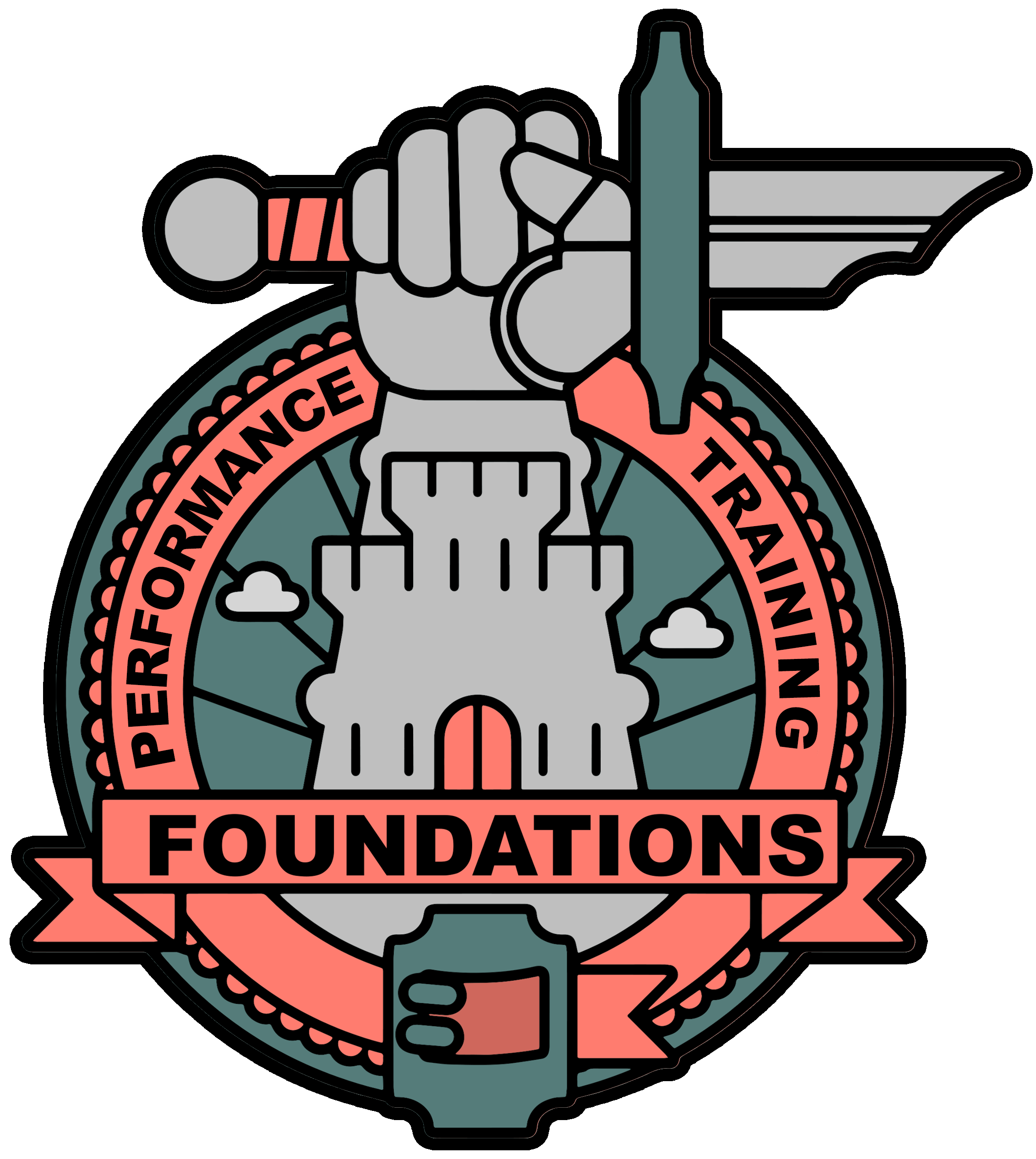Why I don’t like “sport specific” training for gi and nogi BJJ
Technical/tactical ability is the single most important factor in sport.

It might sound strange to hear this from someone whose career relies on improving athletes away from their sport and in the weight room but it’s true. Your ability to execute the appropriate techniques to win while under pressure from an opponent who is resisting matters far more than how much you can squat or how high you can box jump. Lachlan Giles didn’t have his ridiculous run in the 2019 ADCC absolutes because he was stronger or more explosive than his opponents. Instead, he had a better gameplan and technical understanding of the game he pushed his opponents into. When I recently worked with Cal Rawson, a competitive brown belt out of Lloyd Cooper’s Gripper Jiu Jitsu, it was clear that his grappling training took unqestioning priority over every strength and conditioning session.
Technical/tactical ability also underpins your ‘conditioning’ – those people who are more technically proficient use less energy doing what they do on the mats. It’s why white belts are permanently exhausted during and annihilated after training. They are not technically aware enough of when to stop death-gripping their opponent, fighting for an escape that doesn’t exist or panicking because they don’t know the safe positions to briefly rest in on bottom position. Then, add to this wasted energy that they have to think more often when they are rolling and this extra processing requires more energy. This is why when some athletes are asked to explain how they did something they just shrug their shoulders or just say they did what they thought was right.
Brazilian Jiu Jitsu is a complex sport and the games and sub-games on the competitive scenes go in and out of fashion – to put it simply there are a huge number of ways to win or lose a match. I would argue there are also very few guaranteed positions/skills. Unlike MMA there’s no striking, unlike wrestling or Judo you don’t HAVE to take your opponent down, depending on the ruleset you can leglock rather than pass guard or even abandon any worries about position in the submission only format. On top of this, you will likely have your own specific area of the sport that you prefer to play for a number of personal reasons.
This makes narrowing down which movements you wouldl need and should try to peak for in the gym very difficult because you might choose something your opponent doesn’t even let you try. It’s no use being the most physically dominant takedown machine around if your opponent sits guard, elevates you and heel hooks your knee into oblivion.
The second layer is that “Sport specific” training does not mean something that looks like the skill. Adding bands to a takedown is not sport specific training. It might look like it, but taking down a resisting human is very different to drilling a similar looking movement pattern with a band on. Doing this could even make you worse at the skill you’re training to improve – there is such a thing as negative transfer to sport. At best, well-designed ‘sport-specific’ exercises aim to improve the capacities of the parts of the bodies you will use through the movement patterns you will move them and at the speeds you will try to move them. Nevertheless, my first point still stands – choosing what to try and transfer to is complicated by the nature of the sport.
Finally, are you even experienced enough to need to do this? If you haven’t refined your skills on the mats to the point where your coach worries about letting you do them when you roll, then you’ll get more out of getting better on the mats than you will by “playing guard” with a barbell. If you have not strength trained sensibly and consistently for at least 3 or 4 years then, as OG BJJ and MMA strength coach Will Wayland puts it: you cannot optimise a system that is not robust. If you’re doing “sport specific” training and you can’t trap bar deadlift 1.5-2 x bodyweight, you’re trying to mount a cannon on a canoe.
What’s the answer?

- Get on the mats and keep practising your skills – this is FAR more important than anything else in terms of your performance. There is nothing more specific for BJJ than actually doing BJJ.
- Get stronger through the basic movement patterns: squat, hinge, vertical push, vertical pull, horizontal push, horizontal pull and “core. Don’t shy away from higher intensities and lower reps, but don’t train exclusively like a powerlifter either.
- Don’t start adding more work or volume that isn’t skills training. Your strength training should keep you ON the mats, not take you away from them. Don’t get stuck in the ‘fuckaboutitis’ of minimal rest circuits and bodypart splits – we want most of your ‘volume’ spent on the mats not in the gym.
- Patience – stay the course, develop your skills and accept that the journey toward mastery takes time and consistency, not magic exercises.
